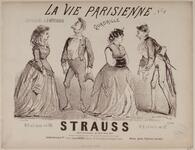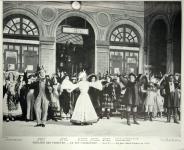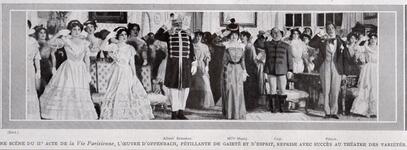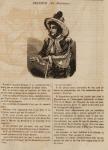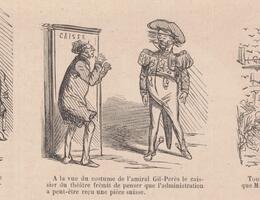La Vie parisienne
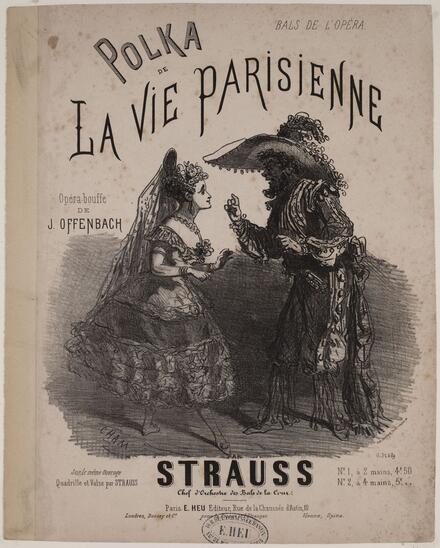
Opéra bouffe in five acts, first performed at the Théâtre du Palais-Royal on 31 October 1866; revived in a four-act version at the Théâtre des Variétés on 29 September 1873.
While Paris was preparing for its second Exposition Universelle (1 April-3 November 1867), Jacques Offenbach and his librettists were working on a show for the Théâtre du Palais-Royal tailored to appeal to the many visitors expected in the capital for that prestigious world fair. Offenbach, whose opéras bouffes had hitherto been set in the past, turned this time to a depiction of contemporary Parisian life. In order to present a barely distorting mirror to the international public who had come to enjoy the pleasures of France, he took advantage of the sharp, satirical eye of Meilhac and Halévy, who included in their libretto direct references to technological advances (including the arrival of the railway), places of entertainment in Paris and the types of people one could meet there. Initially conceived for a vaudeville stage, the score does not stray far from the easiest keys (F and G major), relies largely on rhythm, and favours simple, effective melodies. The gamble paid off and from its première on31 October 1866 La Vie parisienne was a phenomenal success (323 performances until the autumn of 1869). One might have imagined that such a joyous celebration would have been swept away with the fall of the Second Empire, but no, a second version, revised in 1873 for the Théâtre des Variétés, further confirmed its place in the operatic repertoire. Presented this time without the fourth act, La Vie parisienne again triumphed with its sumptuous staging and a very fine cast.
Videos
Scientific publications
Articles
The origins of La Vie parisienne
Publication

